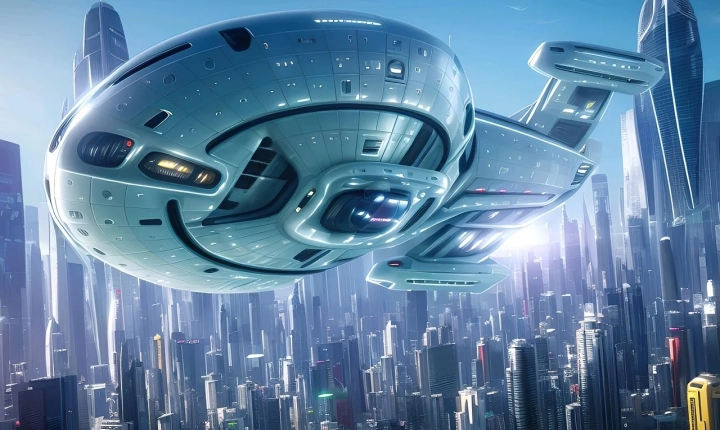Are AI Photos Safe?
Artificial Intelligence (AI) technology has been advancing at a rapid pace, and one of the areas where it has made significant strides is in the creation and manipulation of photos. AI-powered tools can now generate highly realistic images of people who do not even exist, seamlessly edit and alter photos, and even create deepfake videos that can be almost indistinguishable from real footage.
While these advancements are undoubtedly impressive, they also raise important questions about the safety and ethical considerations associated with AI-generated photos. Are these images safe to use, and what are the potential risks and implications of their widespread proliferation?
One of the key concerns surrounding AI-generated photos is the potential for misuse. As the technology becomes more sophisticated, the possibility of creating misleading or fraudulent images increases. For example, deepfake videos have already been used to create fake news, manipulate political discourse, and perpetuate misinformation. This raises serious concerns about the impact of AI-generated photos on public trust, privacy, and security.
Another issue is the ethical implications of using AI-generated photos without the consent of the individuals depicted. As AI tools can create highly realistic images of people who do not exist, there is a risk that these photos could be used for malicious purposes, such as identity theft or online harassment. Additionally, the use of AI to manipulate and alter photos raises questions about the authenticity and credibility of digital imagery.
Furthermore, the potential impact on industries such as photography and journalism cannot be overlooked. As AI tools continue to improve, the need for human photographers and editors may diminish, leading to concerns about job displacement and the erosion of professional standards in these fields.
However, it is important to note that AI-generated photos also have the potential to offer benefits in various domains. For example, in the creative and design industries, AI tools can streamline and enhance the process of generating visual content. Additionally, AI-powered photo editing tools can empower individuals to create compelling and high-quality images without the need for extensive technical skills.
In light of these complex considerations, there is a need for clear guidelines and regulations to govern the use of AI-generated photos. Ethical standards and best practices should be established to ensure that these photos are used responsibly and with respect for privacy and consent. Moreover, efforts to develop technologies that can detect and authenticate AI-generated images will be vital in combating misuse and deception.
Ultimately, the question of whether AI photos are safe depends on how they are created, used, and regulated. While there are valid concerns about the potential risks and implications of AI-generated photos, there is also the potential for these technologies to be harnessed for positive applications. As AI continues to advance, it is essential to address these issues proactively and ensure that the benefits of AI-generated photos are maximized while minimizing the associated risks.
